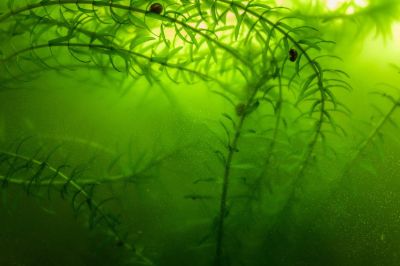About Elodea Plants
Elodea is an aquatic plant that is found in ponds and waterways. All varieties of elodea are herbaceous perennials with a spiral pattern of dark green leaves along the stem. All are dioecious, bearing only male or female blooms. Plants reproduce by asexual fragmentation and do so rapidly. Elodea does have thin, wiry roots that attach to the soil at the bottom of the waterway, but they also grow well floating. Due to their ability to reproduce so quickly, some types of elodea are classified as invasive.
Different Elodea Plants
Some elodea varieties are harmless while others are considered invasive. Many invasive populations have originated from a single, introduce fragment. Canadian waterweed, for example, is an elodea plant that is native to North America and is considered to be a “safe” variety. Hydrilla or Florida elodea (Hydrilla verticillata) is deemed restricted, growing rapidly and crowding out other aquatic plant species. Florida elodea has long branching stems with small, serrated leaves. Like other elodea varieties, leaves are set in a whirling pattern along the stem of the plant. Leaf mid-veins are usually red. It feels coarse to the touch and produces small, white blooms in sets of threes. This elodea floats on the surface of the water in dense mats and can survive in both flowing and brackish water. It is sometimes confused with American elodea (Elodea canadensis), but the American variety lacks leaf serration on lower leaf mid-ribs and the patterning is in groups of three. Brazilian elodea is a different elodea plant that, like Florida elodea, has a reputation for clogging up waterways and stifling diverse aquatic plant life. It sprouts from double nodes located along the stems and is spread by boaters who unknowingly carry it from infested waterways to un-infested. Like Florida elodea, the Brazilian variety grows rapidly into mats that choke out native plants and create a hazard for swimmers, boaters, and fishermen.
Types of Elodea Control
Aquatic herbicides are sometimes used to alleviate the progression of different elodea plants, but their use is fairly ineffective. Manual control just breaks elodea into sections that reproduce again. Stocking sterile grass carp is the most effective control method; however, it cannot be used in waterways with salmon or steelhead fish runs. The most commonly used method of control runs a bit along the honor method and asks that boaters and pleasure craft users inspect their vehicles and remove any elodea before moving on.
